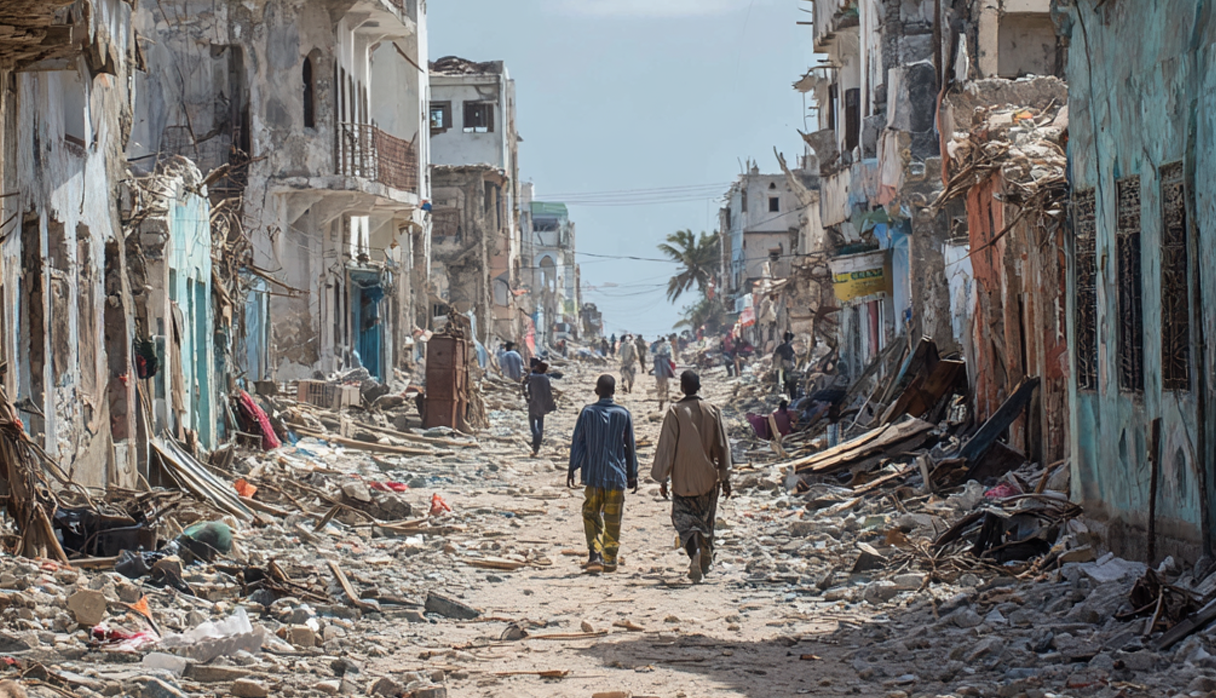Reconciliation Efforts in Somalia


For more than seventeen years, Somalia endured one of the world’s worst humanitarian crises, marked by widespread violence, destruction of property, the deaths of hundreds of thousands, and the displacement of millions. Drought and famine compounded the devastation, forcing many to flee across dangerous seas in search of safety. Despite repeated regional and international attempts to stabilize the country, peace efforts often ended in disappointment, fostering a sense of pessimism about the possibility of reconciliation.
Multiple reconciliation initiatives were pursued by international and regional actors, including the African Union, the Arab League, the United Nations, and neighboring states such as Djibouti, Kenya, Ethiopia, Egypt, Yemen, and Sudan. National reconciliation conferences were held, beginning in Djibouti in 1991 and again in 2000, followed by meetings in Addis Ababa (1996), Cairo (1997), and two rounds in Kenya (Eldoret in 2002 and Nairobi in 2004). Additional consultations took place in Sana’a and Khartoum. These meetings produced declarations, agreements, and resolutions, yet most failed to take root.
By 2007, pressure mounted during the African Union Summit in Addis Ababa for Somalia’s transitional government to embark on a genuine reconciliation process. Many states and international partners insisted that lasting peace would require broad-based participation, warning that excluding key actors would only deepen divisions. Their fears were realized when marginalized groups formed the Alliance for the Re-Liberation of Somalia, which launched armed resistance against government and Ethiopian forces. This resurgence of violence killed thousands, displaced even more people, and gave rise to new problems such as piracy off the Somali coast.
A renewed attempt was made in late 2008, when the United Nations sponsored talks in Djibouti between the transitional government and opposition leaders. The outcome included a timetable for Ethiopian troop withdrawals, the expansion of the Somali parliament to include broader clan representation, and the election of Sheikh Sharif Sheikh Ahmed as president in January 2009. At the same time, the UN Security Council passed Resolution 1816, permitting international naval forces to enter Somali waters to combat piracy.
Despite these developments, challenges persisted. Groups such as Al-Shabaab and factions of the Islamic Courts Union continued armed resistance, highlighting the fragility of peace and the incomplete nature of reconciliation. The repeated failures underscored the need to address the root causes of conflict, ensure inclusivity in negotiations, and avoid the exclusion of major political and social forces if reconciliation was to succeed.
Pattern: Each reconciliation effort created agreements, ceasefires, or transitional governments, but most were undermined by exclusion of key actors, clan divisions, external interference, and renewed armed conflict.